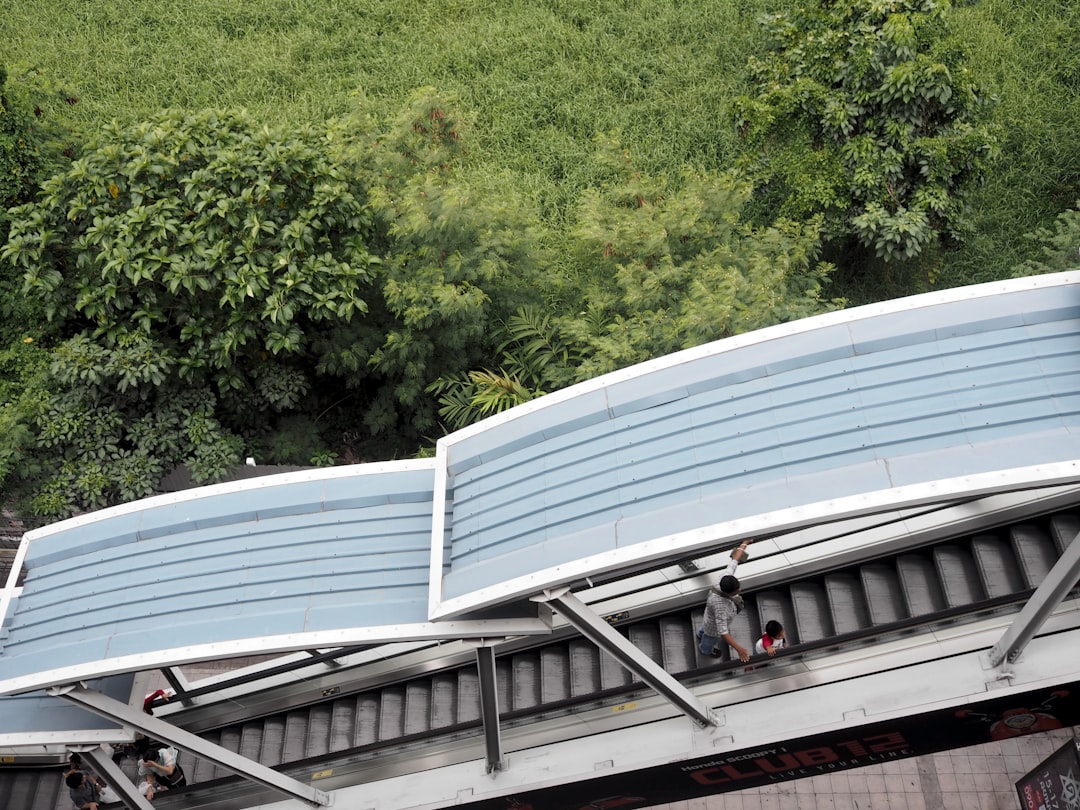Roof Inspection: Essential Steps for a Safe and Durable Roof

Publié le 12/08/2025
Roof inspection is a vital process that ensures the safety, integrity, and longevity of both residential and commercial properties. Understanding the nuances of roof inspections can help property owners avoid costly repairs and extend the lifespan of their roofing systems. This guide outlines essential steps in professional roof inspections, assesses potential roof damage, and provides a comprehensive maintenance checklist. Additionally, I will delve into the costs associated with roof inspections and the distinctions between residential and commercial assessments.
Understanding Professional Roof Inspection
What Is a Professional Roof Inspection?
A professional roof inspection entails a thorough evaluation of the entire roofing system by a certified inspector. This evaluation typically includes an assessment of visible signs of wear and tear as well as hidden deficiencies that could lead to significant issues if left unaddressed. A detailed report documenting the findings is usually provided after the inspection, outlining necessary repairs or maintenance.
Why Schedule Regular Inspections?
Many property owners underestimate the importance of regular inspections, leading to overlooked vulnerabilities. Scheduling these inspections can enable early detection of problems like leaks, mold growth, or structural weaknesses. By addressing issues proactively, one can save substantial amounts on future repairs and preserve the property value.
Roof Damage Assessment Techniques
Identifying Common Types of Roof Damage
Various factors contribute to roof damage, including weather conditions, aging materials, and lack of maintenance. Some common types are:
- Leakage: Often caused by worn-out flashing, cracked shingles, or damaged gutters.
- Blistering: Occurs mainly in flat roofs where moisture gets trapped beneath the surface.
- Curling or Buckling Shingles: Indicate deterioration due to age or improper installation.
- Mold and Mildew Growth: A sign of prolonged moisture exposure which can lead to serious structural damage.
Conducting an Effective Damage Assessment
A structured approach is key when assessing roof damage. Here are essential steps to follow:
-
Visual Inspection: Start from the ground—not only on the roof—to look for obvious signs of damage. Pay attention to edge lines, corners, and gutters.
-
Detailed Roof Walk: An inspector should carefully walk across the roof to check for curled or missing shingles, cracks in tiles, or any other physical distress.
-
Interior Inspection: Examine the attic or ceiling space for any signs of water intrusion or structural issues that may stem from the roof.
-
Use Technology: Techniques like infrared thermography can detect moisture that isn’t visible during a standard inspection.
Comprehensive Roof Maintenance Checklist
Creating Your Maintenance Plan
Regular maintenance is crucial in prolonging your roof's service life. Consider incorporating these practices into your roof maintenance checklist:
- Clear Debris: Remove leaves, twigs, and dirt regularly to prevent clogging gutters and drains.
- Inspect Flashing: Check seals around chimneys and vents. Reseal where necessary.
- Check for Moss or Algae: If they appear, use a specialized treatment to remove them safely.
- Address Moisture Issues Immediately: Look for signs of condensation in your attic or ceilings and inspect insulation levels.
Seasonal Maintenance Considerations
Different seasons bring unique challenges:
- Spring/Summer: Inspect after heavy storms for any damage.
- Fall: Clean gutters thoroughly before winter sets in.
- Winter: Watch out for ice dams forming along edges; remove snow accumulation safely if needed.
Residential vs. Commercial Roof Inspections
Unique Challenges in Residential Roofing
Residential roofs often deal with specific issues such as improper drainage or tree branches scraping against shingles. Homeowners might overlook routine maintenance due to busy schedules; hence regular inspections become necessary.
Navigating Commercial Roofing Needs
Commercial roofs require different considerations due to their typically larger size and more complex structures. It’s common for commercial properties to use flat roofs which may need more frequent attention due to pooling water. Inspectors should assess:
- The condition of roofing membranes.
- Potential leak points around HVAC units and other equipment.
- Compliance with local building codes.
Understanding Roof Inspection Costs
Factors Influencing Costs
The cost of roof inspections varies based on several factors:
-
Roof Size: Obviously, larger roofs require more time and labor to inspect.
-
Type of Roof Material: Different materials (asphalt shingles, metal, tile) may require specialized knowledge affecting pricing.
-
Location: Prices can vary depending on local market rates or additional travel fees.
-
Inspection Depth: A basic visual inspection will generally cost less than a comprehensive assessment involving technology tools.
Average Cost Range
Typically, a standard residential roof inspection can range from $200 to $500, while more complex commercial inspections may cost significantly more due to their scale and depth.
Recommendations for Property Owners
- Schedule regular inspections at least once a year.
- Be proactive about maintaining your roof based on inspection findings.
- Always hire certified professionals for accurate assessments.
- Keep an organized record of inspections and maintenance activities for future reference.
By ensuring that you maintain a diligent roof inspection routine alongside appropriate assessments and remedies for identified issues, you will not only maximize your roof’s lifespan but also reinforce your investment in your property. For those interested in exploring high-quality materials that enhance the durability of roofing systems, visiting www.matieresetbeton.fr can provide valuable insights into various options available in the market today.
